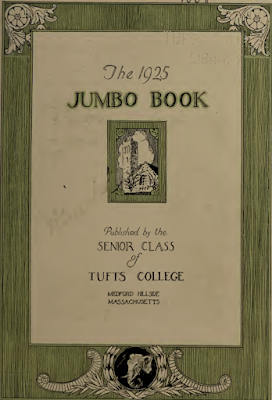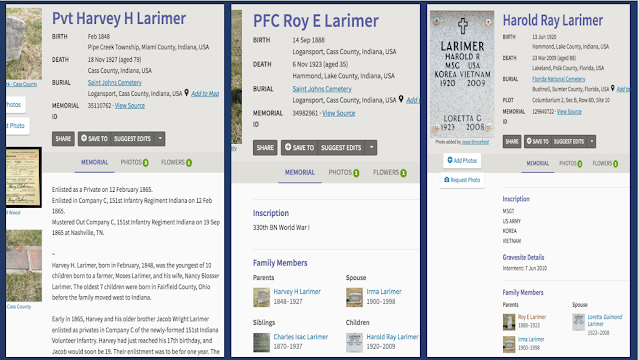The 1950 US Census was released 115 days ago, on April 1, 2022. You can browse or search for free on several sites. Indexing has been in the works since the first moment the Census was made available to the public. Here's an update on where things stand.
Family Search and Ancestry
Family Search and Ancestry teamed up to work on the index for this Census. Family Search's thousands of volunteers are making tremendous progress on reviewing and improving the index. You can browse any state while indexing continues.
Above, the map showing completed states and states still being reviewed. There's still time to participate and get this project over the finish line more quickly! Soon full search functionality should be ready at Family Search, for free.
Meanwhile, Ancestry's automated indexing system worked well enough that you may be able to find ancestors using the early draft index. Give it a try on Ancestry, for free. I've had excellent luck locating ancestors in 1950 using the Ancestry early index.
MyHeritage
MyHeritage also has the 1950 US Census searchable for free, using this access page. Not every state has been indexed, but work continues and soon all states will be indexed and searchable. Again, I've had good luck with indexed states, so do give it a try for free.
NARA
The original US National Archives (NARA) website remains available for researching in the 1950 US Census, ideally by enumeration district and surname or full name of head of household. It's entirely free, forever.
The NARA index has been slightly improved since April 1st, thanks to corrections submitted by members of the public, but it remains a "work in progress."
I was able to find a cousin and her husband by searching for him (head of household) in ED 1-1025 in Washington, D.C, as shown here. The NARA site returned the exact page as the top result. Without entering the enumeration district, however, there were too many results to explore.
Top Tip
If you've looked for some ancestors who should have been in this Census, but haven't yet found them, try this: Join the Facebook group called 1950 US Census for Genealogy. The wonderful members have a lot of experience with Census searches! First browse the latest posts (usually queries followed by suggestions and answers). Then post if you have a specific question about how to search or what might be missing. Check back regularly to see what's happening!






































